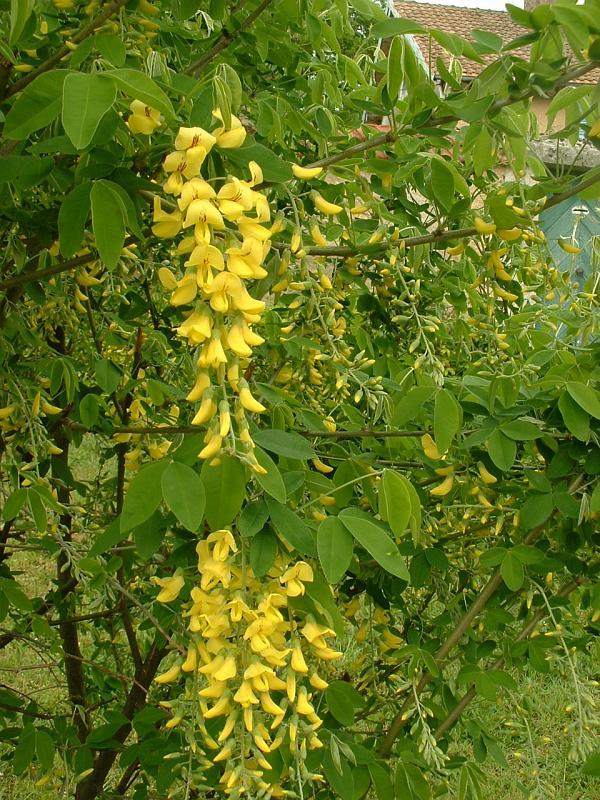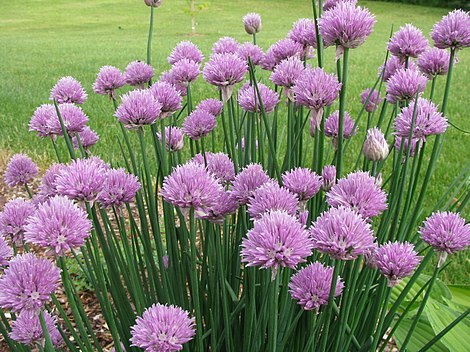Description
Loofah, or Luffa aegyptiaca, is a plant native to the tropical regions of Africa and Asia. It is a type of gourd that can grow to be quite large, with a long, cylindrical shape and a rough, spongy texture. The plant has large, green leaves and produces yellow flowers.
In terms of appearance, the loofah plant is quite distinctive. The stem is typically light green in color and has a ridged or bumpy texture. The leaves are large and heart-shaped, with a smooth, glossy texture. The flowers are yellow and can be quite large, often measuring several inches across.
In terms of growth, loofah plants can be quite fast-growing, reaching full size in just a few months. They can grow to be quite large, with some plants reaching lengths of several feet. Loofah plants prefer warm, moist conditions and can be quite sensitive to cold weather. In order to cultivate the plant successfully, a grower will need to provide it with plenty of water and sunlight, as well as a support structure to help the plant climb.
Loofah plants are not typically considered to be edible, although some people do eat the young, tender fruit of the plant. In general, however, the plant is more commonly used for its spongy, fibrous texture, which makes it useful for a variety of purposes. For example, the plant’s fibrous tissue can be used as a natural sponge, and is often used in bath and beauty products. In addition, the plant’s fibrous tissue can be used for making mats, baskets, and other woven items.
In terms of its value for wildlife, loofah plants can provide food and shelter for a variety of animals. For example, the plant’s leaves and flowers can be eaten by birds and other animals, and the plant’s large, hollow stem can provide a space for small animals to hide. In addition, the plant’s fibrous tissue can be used by insects for nesting material.
Overall, loofah is a versatile plant that is valued for its fibrous tissue and its ability to provide food and shelter for a variety of animals. It is a popular plant among gardeners and farmers, and is often grown for its many uses.



